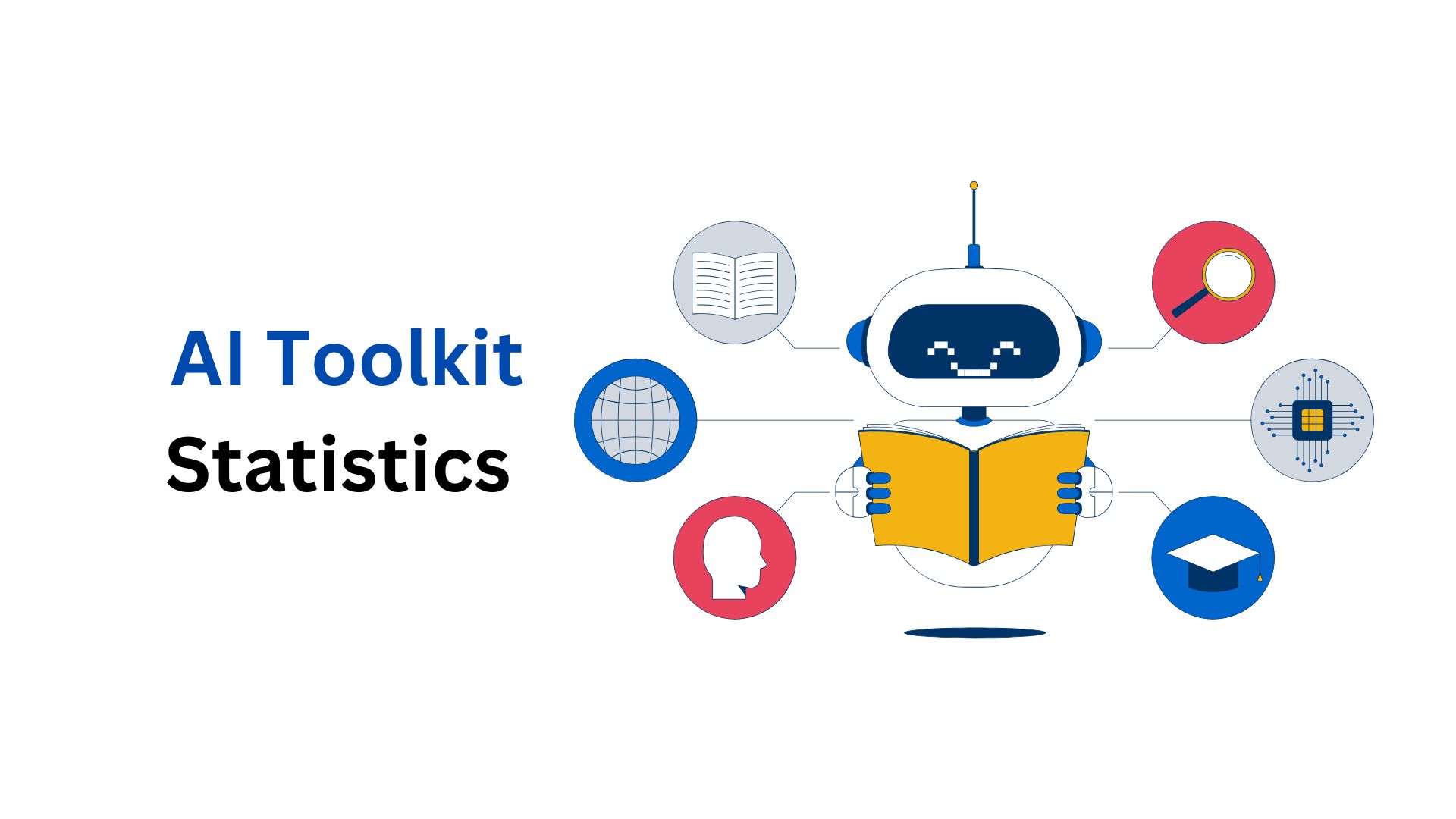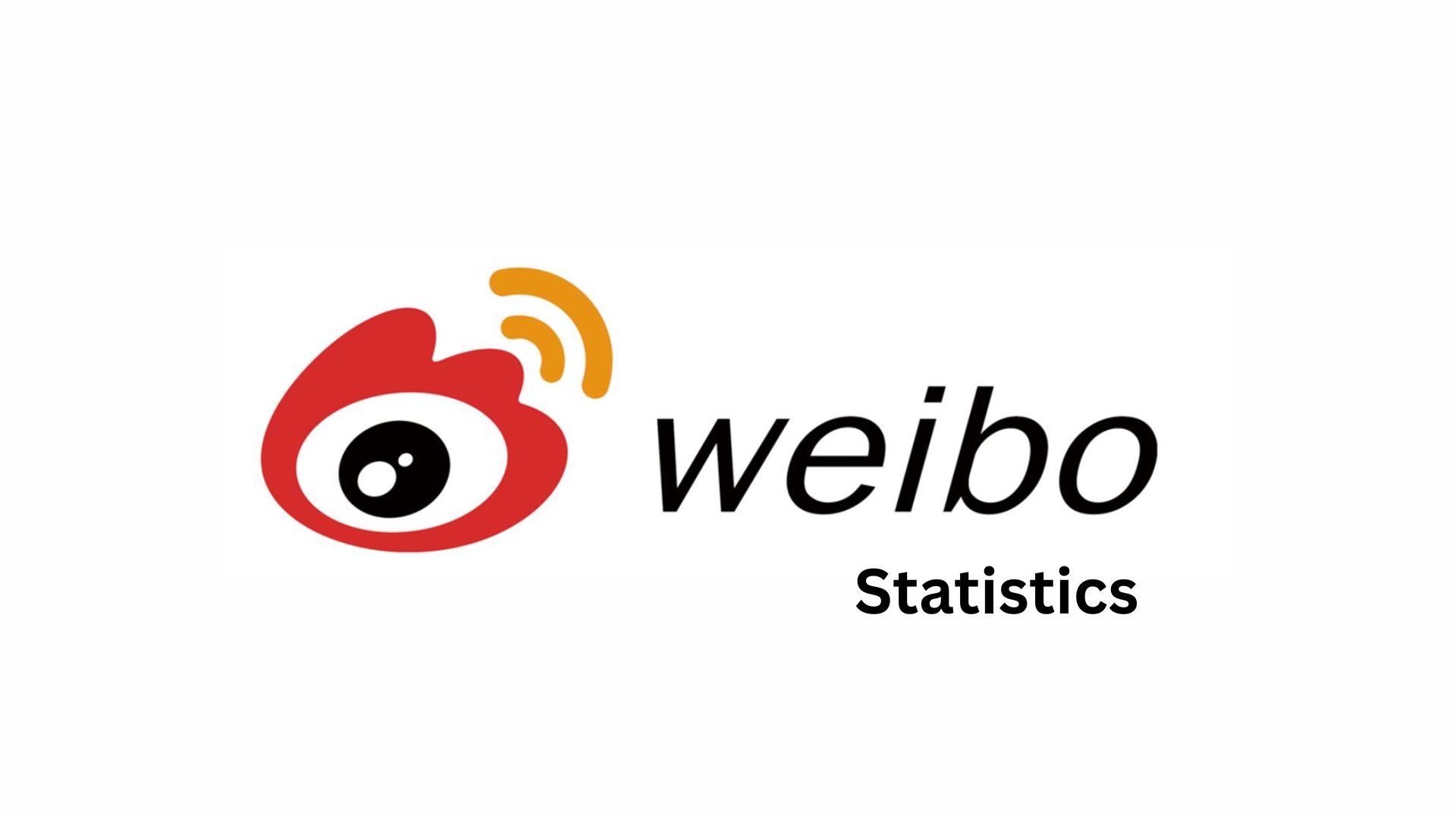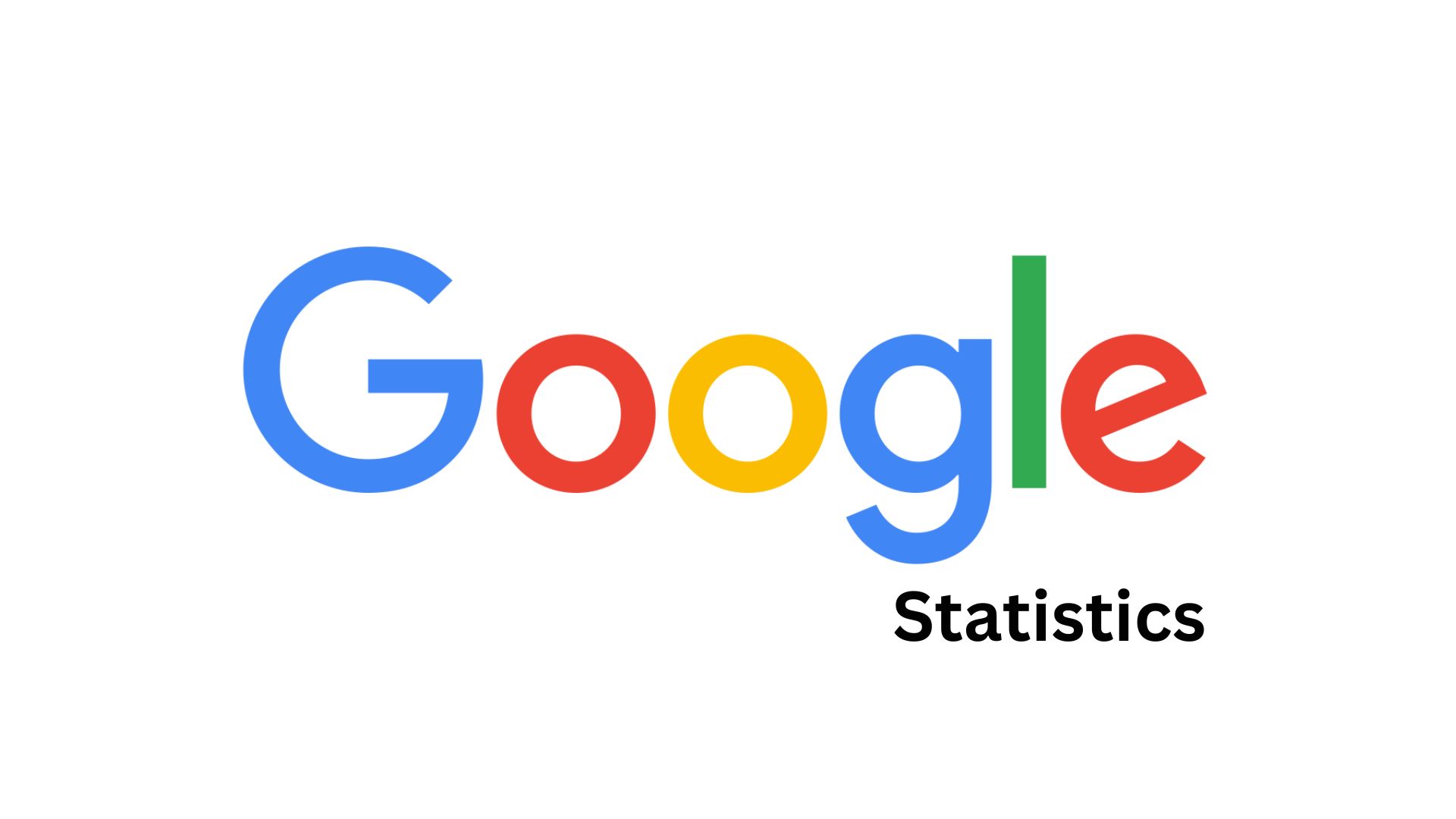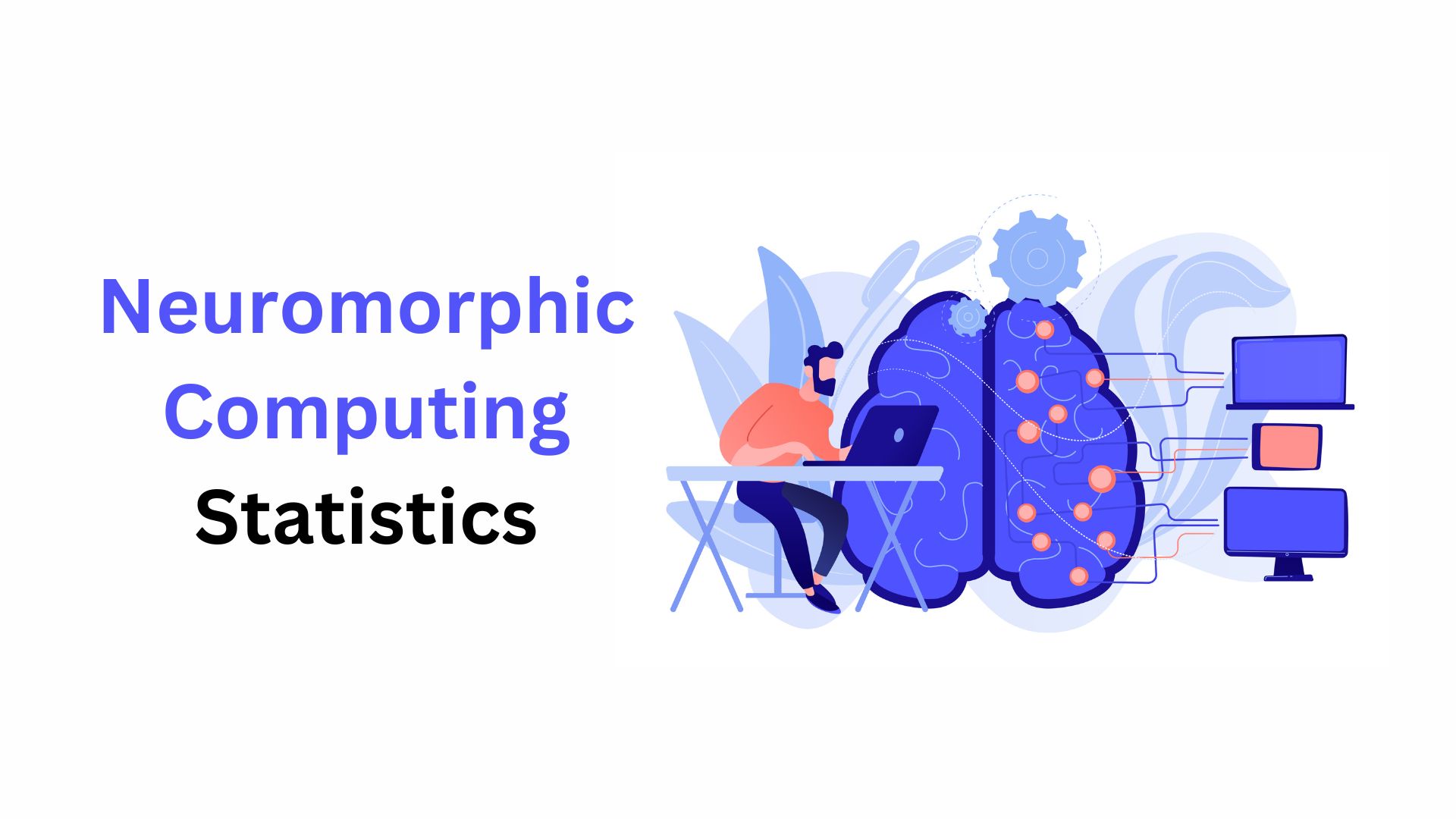Customer Retention Statistics By Behaviour And Customer Service (2025)
Updated · Jul 02, 2025
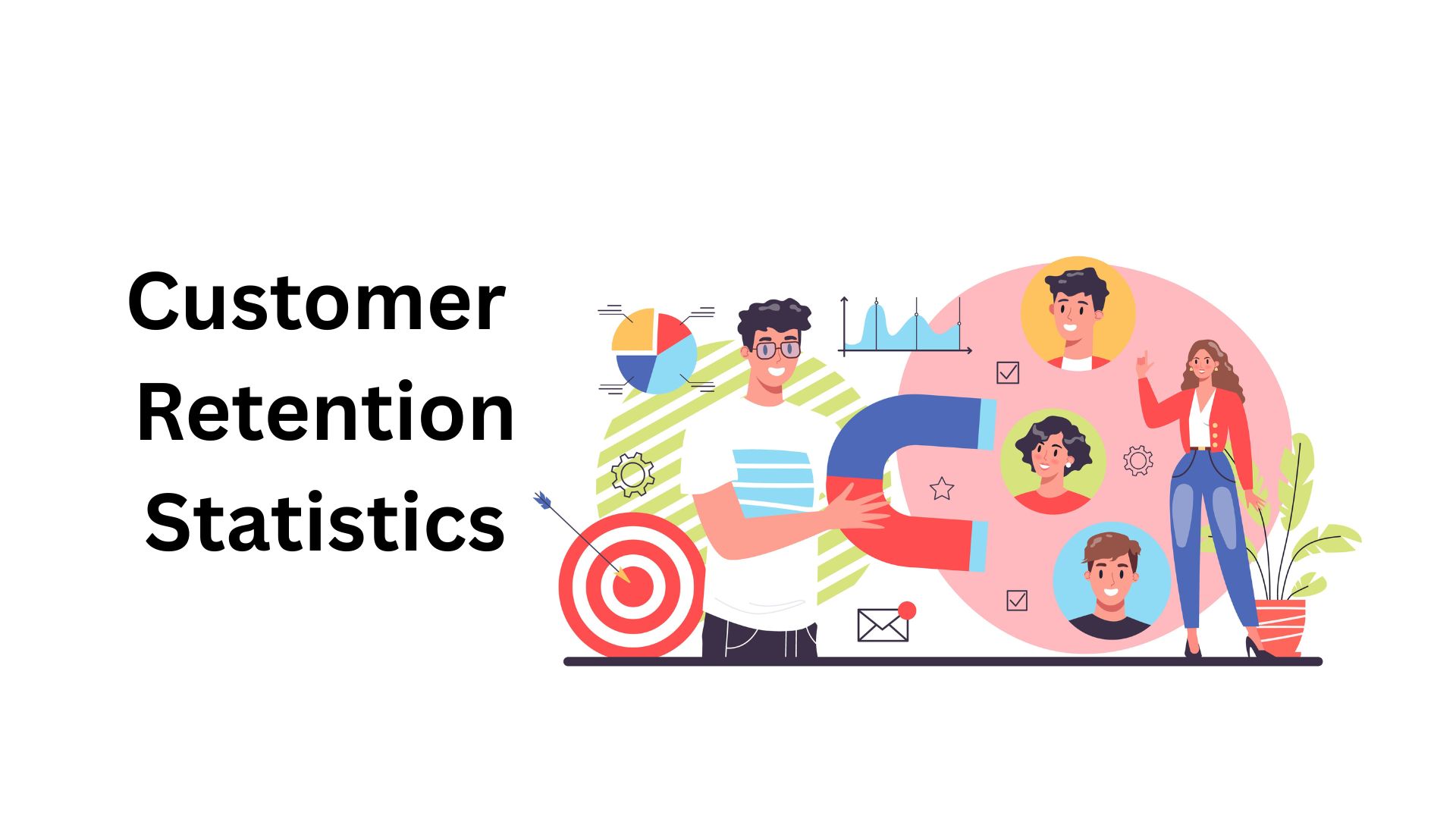
Table of Contents
Introduction
Customer Retention Statistics: Customer retention is the art and science of maintaining the attention of existing customers and persuading them to buy again without having to suffer the glaring cost of reaching out to fresh markets. Shifting from sales to nurturing relationships, loyalty programs, and personalised experiences to prevent customer churn was the main strategy carried out in 2024 by businesses worldwide.
This article lays down vital Customer Retention statistics collected from credible sources, showing retention rates per industry, financial benefits of holding onto customers, the role of fast service, and data-driven retention solutions.
Editor’s Choice
- Media and professional services enjoy the highest retention rates (84%), while hospitality and travel have the lowest (55%).
- U.S. companies are US$136 billion poorer because of avoidable churn every year.
- Customers responding with fast responses on the social media platform spend 20-40% more, while ignoring them causes a churn rate that is 15% higher.
- About 74% would turn to another brand after a bad call centre experience; 50% would leave after one bad interaction, 80% after several.
- Poor customer service costs U.S. businesses anywhere between US$75 billion and US$1.6 trillion annually.
- 61% of small businesses generate over half of their revenue from returning customers.
- 84% of companies that improve customer experience report increased revenue.
- In more than 60% of instances, people switch due to extremely high prices; for 34.6%, it is due to unfair treatment.
- Availability matters, with 39% of loyal customers spending more even though cheaper alternatives exist.
- After repeated bad services, 60% would stop buying from once beloved brands.
- Companies that resolve the customers’ issues on the first contact will see a 67% reduction in customer churn.
- 69% make buying decisions based on the quality of customer service, and 92% say their next purchase will be from a company that served them well.
- 62% won’t buy from a retailer that does not offer free returns; 84% can’t imagine returning after a bad return experience.
- 80% of companies say they provide excellent customer service, but only 8% of customers agree.
- 60% of loyal customers refer others to companies, contributing to the organic growth of these companies.
- Poor service results in 42% of people feeling disappointed, 43% feeling unhappy, while 41% grow angry. Further, 67% of dissatisfied consumers tell others about their experiences, and 65% of those switch brands.
Customer Churn Rate
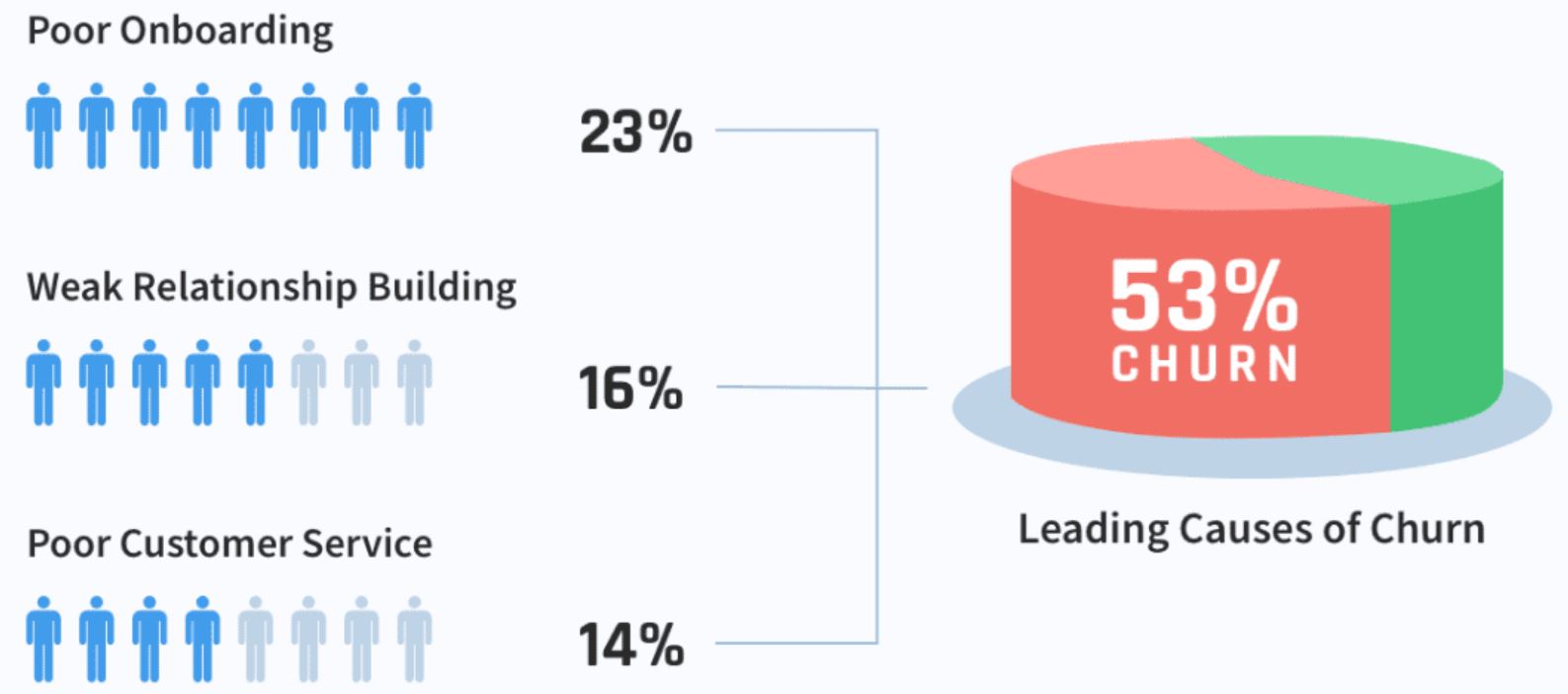
(Source: keywordseverywhere.com)
- The above figure shows that churn tends to be higher when customers are unhappy and turn to competitors.
- According to a key factor, the speed of response on social media. When businesses quickly fulfil a customer’s request on social media, the customer spends 20-40% more.
- The companies that ignore social media requests experience a churn rate 15% higher than those engaged in quick response.
- 53% of customer churn is the result of three principal causes: bad onboarding processes (which cause 23% of churn), inadequate relationship building (16%), and poor customer service (14%).
- According to Microsoft, 96% of respondents view customer service as vital in securing brand loyalty, while, alarmingly, 56% of the respondents claimed to have ceased doing business with companies because of bad service.
- Avoidable customer churn only in the USA costs an estimated 136 billion dollars yearly.
- Zendesk also states that a bad service experience has caused 66% of consumers to end a relationship with a brand.
- Companies capable of resolving the customer’s concern in the first call and managing expectations could reduce churn by up to 67%.
- According to PWC, 32% of people’s willingness to patronise a brand ceases after one bad experience, so much better or so much worse past experiences.
- Accenture states that customer retention statistics show that 48% of consumers will leave a company’s site and buy from a competitor if they do not have a good user experience on the site.
- Also, 58% of the customers after a bad experience will never come back, which makes retargeting more or less futile unless the root cause of the experience is improved.
- Only 1 in 26 unhappy customers opt to voice their dissatisfaction. The others just walk out without leaving a trace, silencing a fairly loud churn, which presents a serious challenge for those businesses that fail to stay on top of customer sentiment.
Customer Retention By Industry
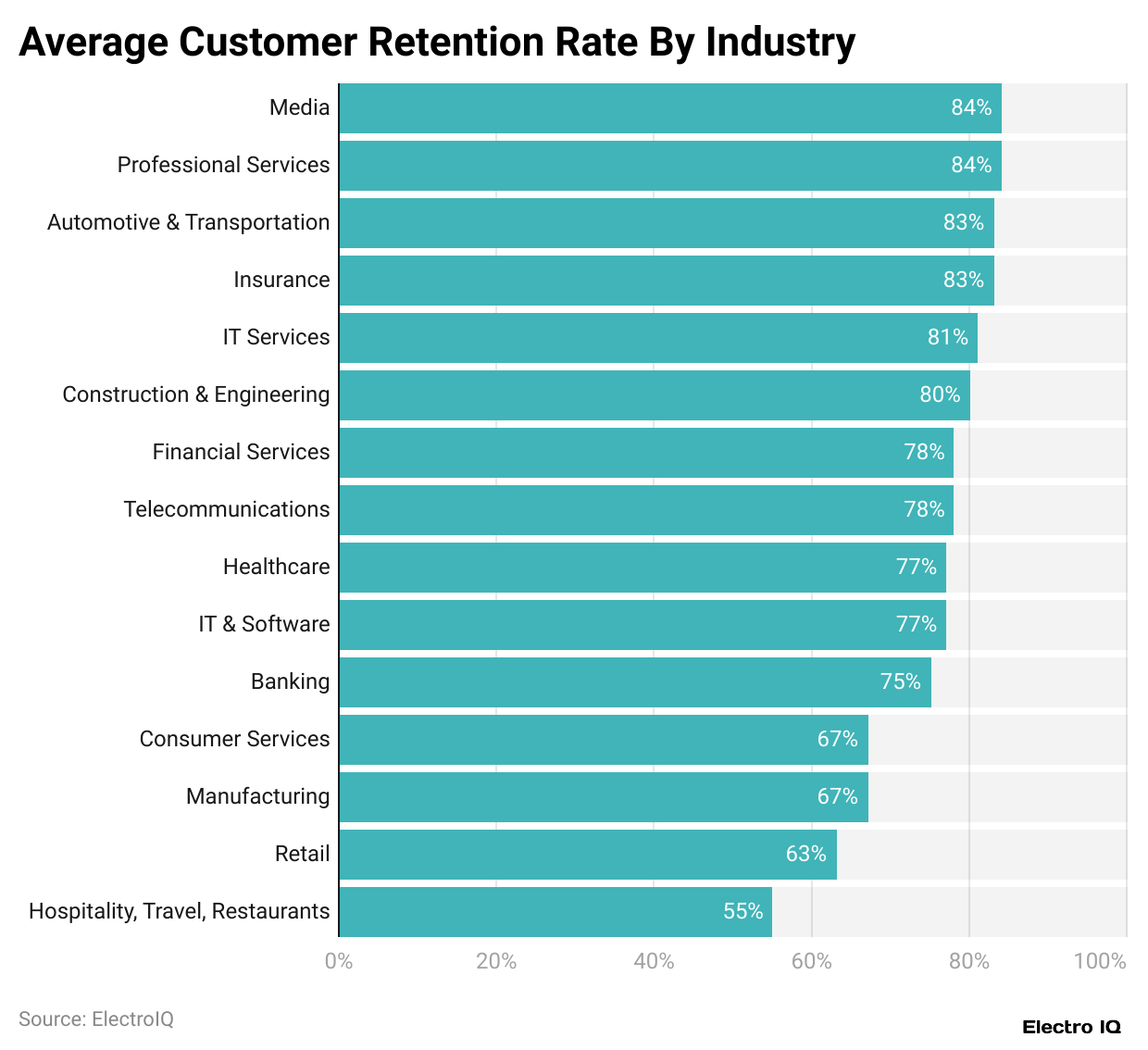
(Reference: demandsage.com)
- According to Demandsage, the customer retention statistics state that Customer retention rates
across different industries vary widely across various levels, customer expectations in service models, and the longevity of the client-vendor relationship. - Media and professional services rank highest with an 84% customer retention rate. This is also likely because those industries tend to initiate long-term relationships with subscriptions or retaining clients for support services that eventually ensure loyalty.
- Holding just a slight margin behind, the automotive and transportation industry and insurance enjoyed an 83% customer retention rate.
- These industries normally require long-term engagements for vehicle servicing or renewal of policies, all of which increase customer stickiness.
- IT services keep 81% of their clients, putting it third after construction and engineering at 80%.
- Financial services and telecommunications maintain a retention rate of 78%, while healthcare and IT/software come in at 77%. These figures show that on one hand, customers do rely on these services to hold them; on the other hand, competition and fast-changing customer expectations can influence their decision on whether to stay or leave.
- With banks retaining customers at a slightly lower rate of 75% due to customers going digital and seeking alternative funding options, consumer services and manufacturing both retain nearly 67% of customers, which could account for less frequent purchases or lower emotional investment.
- Sales retention stands at 63%, considerably lower than in other sectors, suggesting greater attrition on the part of customers, probably motivated by price sensitivity or ease of exit.
- Lastly, the lowest customer retention rate is shared by hospitality, travel, and restaurant industries at 55%, likely caused by the transactional nature of the operations and customers’ disposition to try new options for convenience, cost, or experience.
Customer Retention By Behaviour
- Customer retention revolves around behaviour and perception. In fact, many studies look into the reasons why customers decide to remain with or drop a brand.
- One YouGov survey reveals that 31% of consumers would switch brands on finding that a company had lied about product performance, and this means that for the edifice of customer loyalty, there should be honesty and transparency in placing their products to the customers.
- About 61% of customers have ended a relationship with a company because the customer service was poor.
- CallMiner claims that almost 74% of consumers were likely to change the brand if they experienced a negative front-line interaction.
- According to Zendesk’s statistics, 50% of customers would go to competitors after one bad experience.
- Klarna states that 62% of customers refuse to shop at stores without free returns, and 84% claim they would never buy again with a poor return experience. What these facts show is how operational policies can prove to have a better hand in retention than marketing.
- In 2020, only 63.9% of consumers thought they would switch service providers, yet an increased 81% did so, showing that many of the leaving decisions occur on the reactive side.
- More than 60% of consumers switched providers because of high and rising prices, and 34.6%, feeling unfairly treated, chose to look elsewhere.
Customer Retention Impact On Profits
- Unlike a customer who pays a one-time visit, a loyal customer is for the good of a company-they build profits.
- Yotpo said that over 39 out of hundred consumers would pay more to a brand they trust and are loyal to, even when there are cheaper alternatives.
- Loyalty, then, translates not only into repeat purchases but also into higher average order values. More so, the value of loyal customers is even greater for small-scale e-commerce businesses.
- Smile.io reports that, typically, 35% of their revenue comes from just 5% of repeat buyers.
- Dimension Data found that 84% of companies focusing on major changes and improvements to the customer journey, as well as service quality, have seen revenue increases realised. This means that investments in customer satisfaction pay dividends.
- According to BIA Advisory Services, for 61% of small businesses, returning customers generate more than half of the total revenues.
- In such instances, retention is not just a good thing to have; survival and growth depend on it. Loyal customers serve as promoters for the brand.
- According to Yotpo, 60% of loyal customers tend to share with their family and friends about the companies they like, providing word-of-mouth marketing that has no costs for bringing new customers.
- Therefore, it is loudly clear that maintaining existing customers is not only good service, but the most efficient strategy to profit in the long run.
Customer Retention Statistics By Customer Service
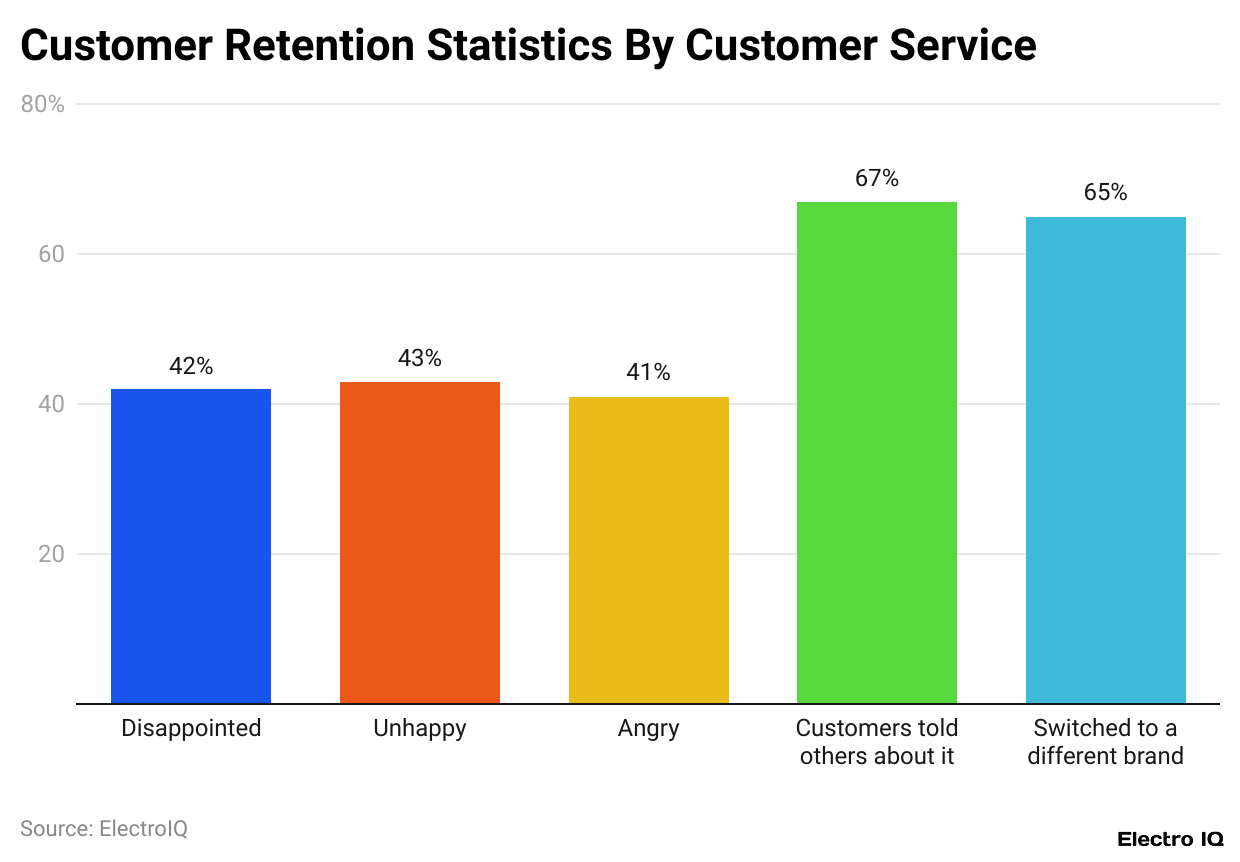
(Reference: qrcode-tiger.com)
- Poor customer service creates strong emotional and behavioural responses toward the customer.
- Khoros observes that when bad service is experienced, 42% feel disappointed, 43% feel unhappy, and 41% feel angry.
- Such negative feelings tend to steer the customers into action, with 67% discussing their bad experiences with others, while 65% cease to patronise the brand altogether.
- From this perspective, customer service goes beyond the confines of individual satisfaction to influence brand equity and brand loyalty. There is also a significant gap or disconnect between how companies view their service and how customers perceive it.
- According to LiveAgent, 80% of companies say that they provide excellent customer service, but only 8% of consumers believe that. This gap can lead to huge losses if not mended.
- Zippia found that some 60% of customers would stop purchasing from a brand they love after repeated instances of bad service. These findings imply that loyalty has its limits and that companies cannot rely on past goodwill if current service does not live up to expectations. Another way that customer service plays a pivotal role is in buying decisions.
- According to Salesforce, 69% of consumers make purchasing decisions based on the quality of service a brand provides. In addition, 92% of customers are also likely to make another purchase from that brand upon having a good service experience. However, 70% of consumers will refuse to purchase anything if they have to endure long wait times for customer service.
Conclusion
Customer Retention Statistics -With the projects of 2024, customer retention remains a profitable engine; building loyalty guarantees sustenance over time. Large-scale retention efforts should, therefore, be balanced with loyalty programs, targeted personalization, timely service, and informed segmentation.
Still, it is noteworthy; a new cautionary tale reminds us of a few high-value customers leading to greater growth than a widespread customer base. As markets become increasingly competitive, companies must find a compromise: a selective blend of retention campaigns, loyalty incentives, excellent customer service, and targeted investment in certain high-spending segments on the other hand.
Coming into 2025 and beyond, this will be a balancing act for customer retention-supporting engagement in breadth and depth.
FAQ.
In the year 2024, on average, the retention rate stood at a comfortable 75%, though it varied widely across several industries. SaaS firms seem to fare better, though, by maintaining retention rates of about 85%, the lower end being those industries such as retail and e-commerce, where customer churn generally is on the up. Customer retention in industries such as retail and e-commerce is widely seen to be in the lower range, about 60-70%, with churn getting quite high here.
According to the new statistics released in 2024, an existing customer is 5 to 7 times cheaper to retain, compared to acquiring new ones. This is because loyal customers are more prone to repeat purchases and eventually spend more, and they also tend to recommend the product or service to others.
Personalisation influences customer retention greatly in 2024. Firms using personalised communications and experiences have noted retention rate improvements of up to 20%. Customers are now demanding personalised views, content, and offers-at least they expect a company to know their likes and preferences. Hence, personalisation is driving cash from abuzz retention. In 2024, financial services, SaaS, and media streaming are the leading industries for customer retention. All of these industries have subscription models that provide recurring revenue, regular user engagement, and considerable switching costs.
Poor customer service, non-realisation of value, and lack of engagement are the top causes of customer churn in 2024. Therefore, customers dump brands that do not meet their expectations or do not offer a seamless experience.

Maitrayee Dey has a background in Electrical Engineering and has worked in various technical roles before transitioning to writing. Specializing in technology and Artificial Intelligence, she has served as an Academic Research Analyst and Freelance Writer, particularly focusing on education and healthcare in Australia. Maitrayee's lifelong passions for writing and painting led her to pursue a full-time writing career. She is also the creator of a cooking YouTube channel, where she shares her culinary adventures. At Smartphone Thoughts, Maitrayee brings her expertise in technology to provide in-depth smartphone reviews and app-related statistics, making complex topics easy to understand for all readers.

